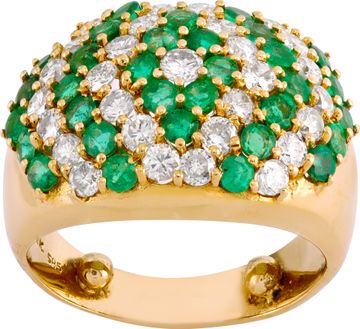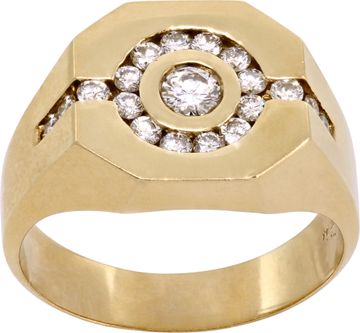Patek Philippe Perpetual Calendar Reference 5040

Among all the Patek Philippe complications ever made, the perpetual calendar is quite possibly the brand’s most cherished one. While Patek Philippe did not invent the perpetual calendar (that honor goes to English watchmaker Thomas Mudge who created the complication in 1762), the renowned Swiss watch brand has certainly shaped the perpetual calendar’s modern history.
Not only was Patek Philippe the first to introduce a perpetual calendar wristwatch in 1925, but it was also the first to serial produce them starting in 1941 in the form of Reference 1526. Since then, the perpetual calendar wristwatch, also known as the quantième perpétuel, has been a mainstay of Patek Philippe’s watch catalog with dozens of iterations produced. One particularly notable model is the Patek Philippe Perpetual Calendar Reference 5040J, which is the watch we’re highlighting here.
Patek Philippe Reference 5040
Patek Philippe introduced Reference 5040 in 1992 as its first tonneau-shaped perpetual calendar model. The 1930s-inspired case measures 35mm x 42mm, and as a monobloc case, it is fashioned from a single piece of metal rather than a combined middle case, lugs, and bezel. The case’s barrel-like silhouette stands out from more commonly found round watches and its restrained proportion is the hallmark of a classic dress watch.

The Perpetual Calendar 5040 was manufactured until 2007 and during that time, Patek offered this reference in yellow, white, and rose gold, in addition to platinum. The Patek Philippe Perpetual Calendar 5040J is the 18k yellow gold version. It is estimated that fewer than 4,000 examples of the Reference 5040 (across all material options) were ever made.
Other significant design touches of the Reference 5040 are the Breguet-style numerals and Breguet-style hands—two details that Patek typically reserves for special references. The 5040 was in fact the first (serially produced) Patek Philippe perpetual calendar to feature Breguet numerals on the dial.
The dial of Reference 5040 includes three subdials to display various indications. The subdial at 3 o’clock includes the month and leap-year cycle, the subdial at 6 o’clock includes the date and moon phase, and the subdial at 9 o’clock includes the date and 24-hour indication. While there’s plenty of information on the dial, the layout is beautifully balanced and everything is easy to read.

A closer look at the dial reveals that this particular example houses a “sigma dial,” characterized by the sigma lower case Greek letters framing the “SWISS” label below six. These dial markings were used by several Swiss watchmakers—including Patek Philippe—from the 1970s until the 2000s to indicate the use of gold details on the dial. In the instance of Reference 5040, the applied hour markers and hands are all crafted from 18k yellow gold.
Completing the elegant Art Deco style of the Patek Philippe 5040 is a classic brown alligator strap, fitted with a solid 18k yellow gold deployant clasp with the signature Calatrava cross closure.
Patek Philippe Caliber 240 Q
Powering the Perpetual Calendar 5040 is Patek Philippe’s famed Caliber 240 Q automatic movement fitted with a micro-rotor, which is visible through the snap-on sapphire caseback.

Thanks to its four-year cam, the 240 Q perpetual calendar movement automatically displays the correct date, able to differentiate which months have 31 or 30 days, not to mention February’s 28 or 29 days. A perpetual calendar will only have to be corrected in the year 2100, when, according to the Gregorian calendar, the leap year will be skipped. What’s more, the 240 Q movement allows the user to correct all calendar indications via four push-pieces recessed in the side of the watch case.
The characteristic off-center micro-rotor of Caliber 240 Q is made of 22k yellow gold and engraved with Patek Philippe’s Calatrava cross. The movement supplies the Perpetual Calendar 5040 watch with 48 hours of power reserve.
The Reference 5040 was produced in two series: the first series have movement numbers starting with “77” while the second series (which began in approximately 1998) have movement numbers starting with “312.” This example is part of the first series of the Patek Philippe Perpetual Calendar 5040 as denoted by its movement number.

With its tonneau-tortue shape, Breguet numerals, and Breguet hands, the Perpetual Calendar 5040J is a special Patek watch to own. Perfect for the collector who wants something different in his or her collection, the Reference 5040 takes Patek’s most essential complication and houses it in a distinctive case that wears beautifully on the wrist.
Choosing a Gold Charm Bracelet
NEXT ARTICLE
State of the art Tag Heuer repair store in Sunny Isles city






